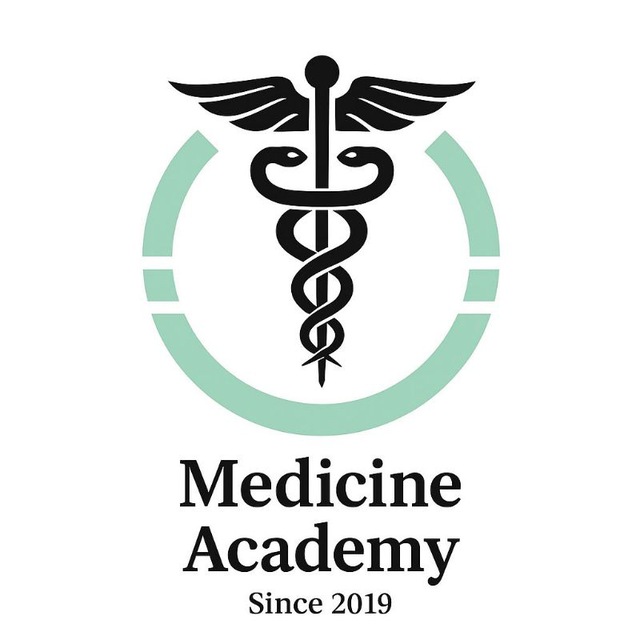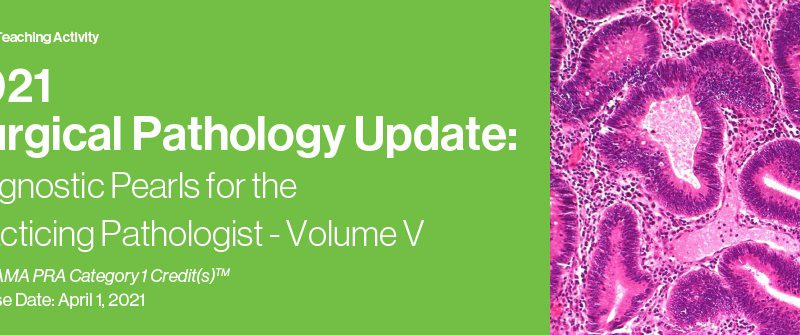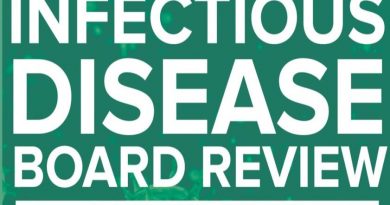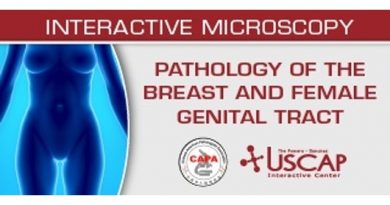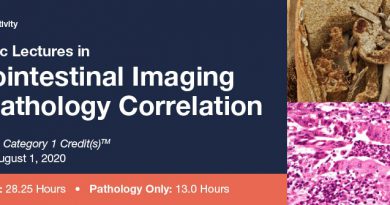Surgical Pathology Update: Diagnostic Pearls for the Practicing Pathologist – Volume V
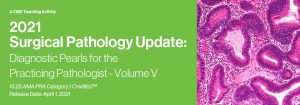
This teaching activity has been designed to provide a practical and comprehensive overview of a number of topics in surgical pathology, including head and neck, gastrointestinal, hepatobiliary, gynecologic, genitourinary, and soft tissue pathology.
The activity includes an overview of diagnostic pearls which allow the pathologist to render an accurate diagnosis, as well as how to best avoid some of the most common diagnostic pitfalls.
Discussions include pertinent diagnostic immunohistochemical and molecular diagnostic techniques which allow the pathologist to refine their diagnosis and provide additional prognostic and therapeutic information.
This CME activity is primarily designed to educate practicing pathologists as well as pathologists in training.
At the completion of this CME teaching activity, you should be able to:
- Recognize the major diagnostic pitfalls in the diagnosis of Barrett’s esophagus and Barrett’s-related dysplasia.
- Discuss the more recently recognized variants of ulcerative colitis as well as some of the issues related to diagnosing IBD-related dysplasia.
- Identify some of the major diagnostic issues in the most common colorectal polyps, including serrated polyps.
- Describe the classification of endometrial carcinomas according to the TCGA findings.
- Review the work-up of endocervical neoplasms, both HPV and non-HPV related.
- Accurately classify serous neoplasms and the implications of classification on clinical decision making.
- Recognize key diagnostic features that define common follicular patterned thyroid neoplasms.
- Discuss diagnostic strategies and treatment implications for HPV-associated tumors of the head and neck.
- Recognize and differentiate the most common salivary gland tumors.
- Resolve differential diagnoses for renal neoplasms based on predominant histologic pattern and communicate the clinical significance.
- Implement emerging aspects of prostate pathology, including large gland and intraductal lesions into diagnostic practice.
- Utilize histology and immunohistochemistry to resolve the most common diagnostic issues in testicular tumor pathology.
- Categorize common patterns of liver injury as hepatocellular or biliary in origin.
- Discuss the histologic features of fatty liver disease.
- Describe the clinical parameters that are taken into account when listing a patient for liver transplantation.
- Explain the most commonly used and diagnostically useful immunohistochemical markers in the diagnosis of soft tissue tumors.
No special educational preparation is required for this CME activity.
Price : $ 60
[WD_Button id=441]
